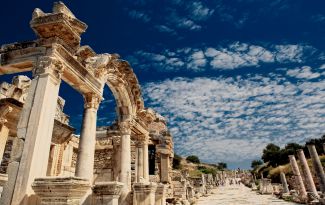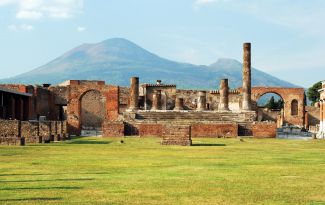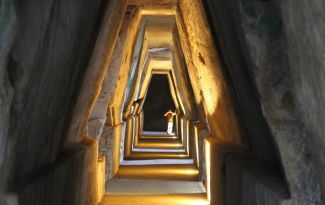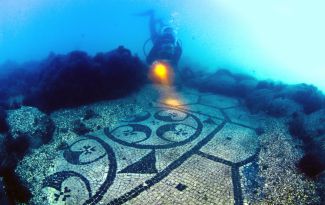The enormous Archaeological heritage of Campania
Pompeii is one of the most characteristic cities of Roman civilization. It resembles an open book of art, rituals, and daily life from the past. Emerging from a forgotten history, Pompeii was unveiled in its former glory before being engulfed by ash and lava from the eruption of Mount Vesuvius in 79 AD. The eruption was tragic and poignant: Life came to a standstill in what had once been one of the busiest and most prominent cities of the Roman Empire.The layers of lava served as a protective embrace, safeguarding not just the architecture but also the treasures nestled within homes and shops. Unearthing this city unveiled an unparalleled glimpse into Roman civilization, painting a vivid and tangible memory of Pompeii's past that remains awe-inspiring to this day. The most recent eruption of Mount Vesuvius occurred in March 1944.Herculaneum
Despite its smaller size compared to nearby Pompeii, the city of Herculaneum holds great allure as a tourist destination, thanks to the excavations that have unveiled a substantial portion of the city in remarkably pristine condition. The architecture and decoration of that time have thus been well-preserved. Similar to Pompeii, Herculaneum was also covered in lava by an eruption of Mount Vesuvius in 79 AD. Due to the more than 10-meter thick layer of lava that covered the city for centuries, it was brought to light in excellent condition around circa 1710 when it was first excavated.
Accommodations in this area:








